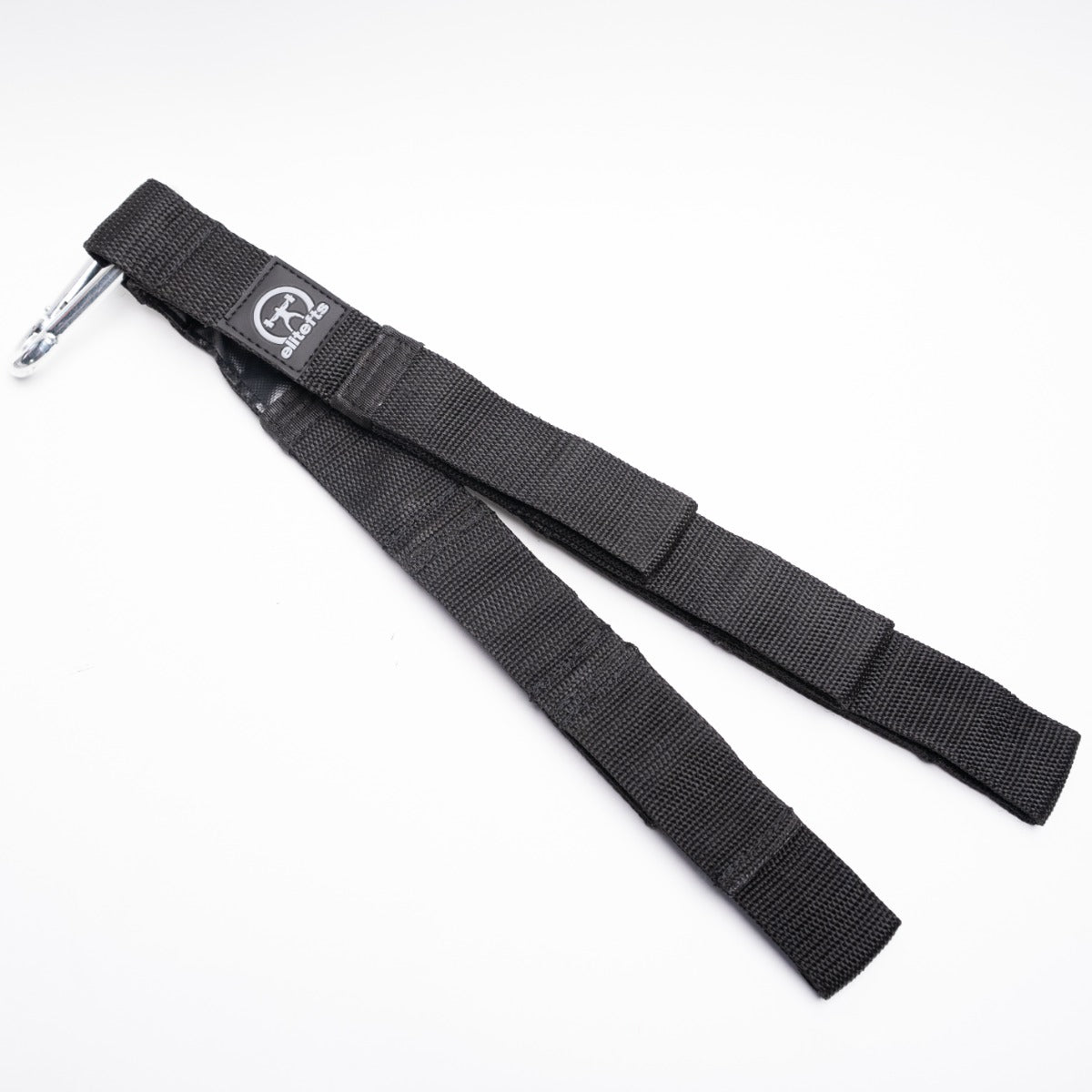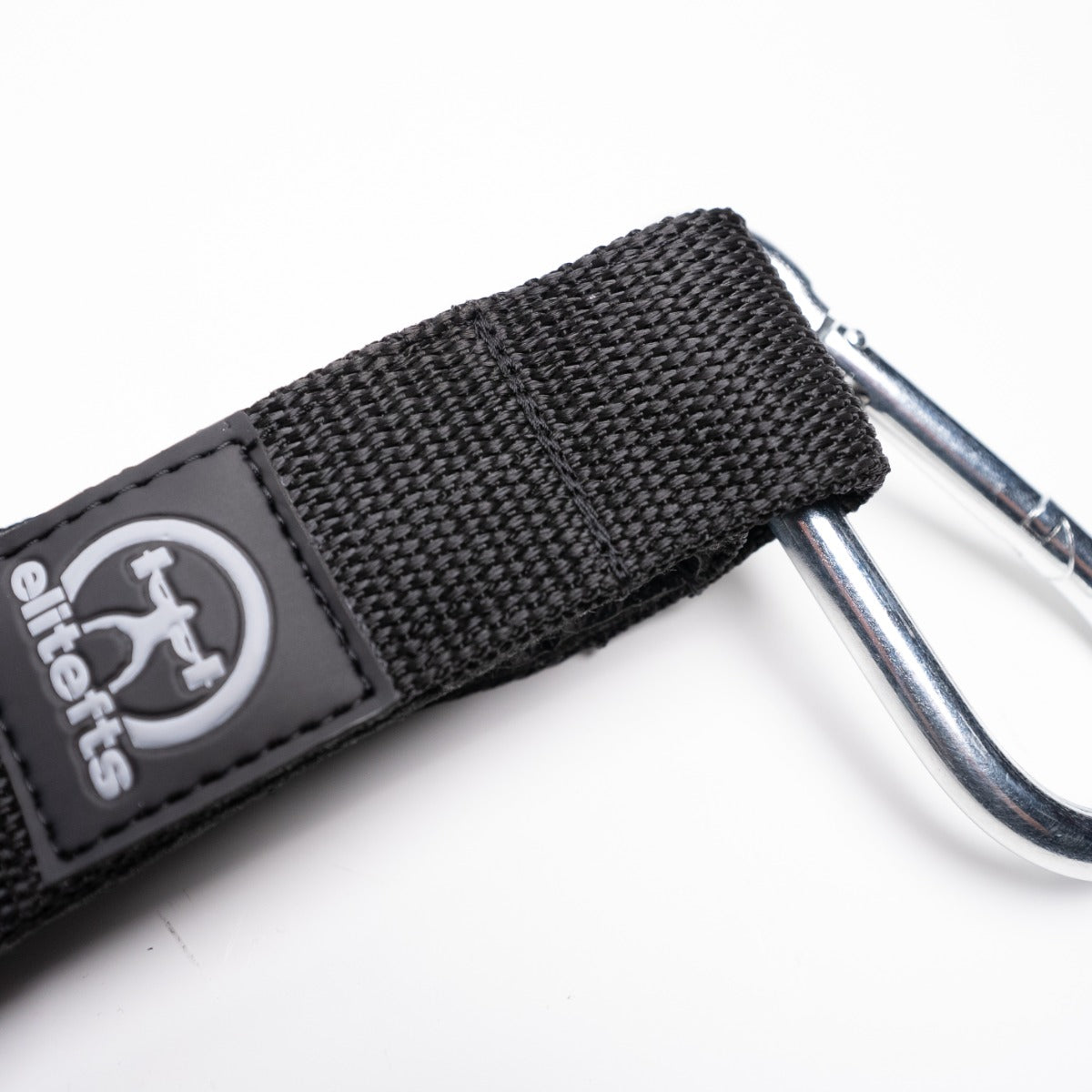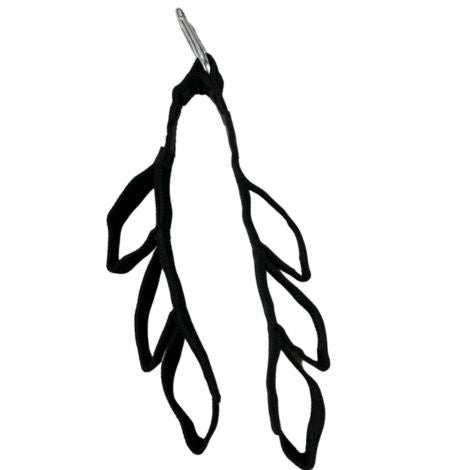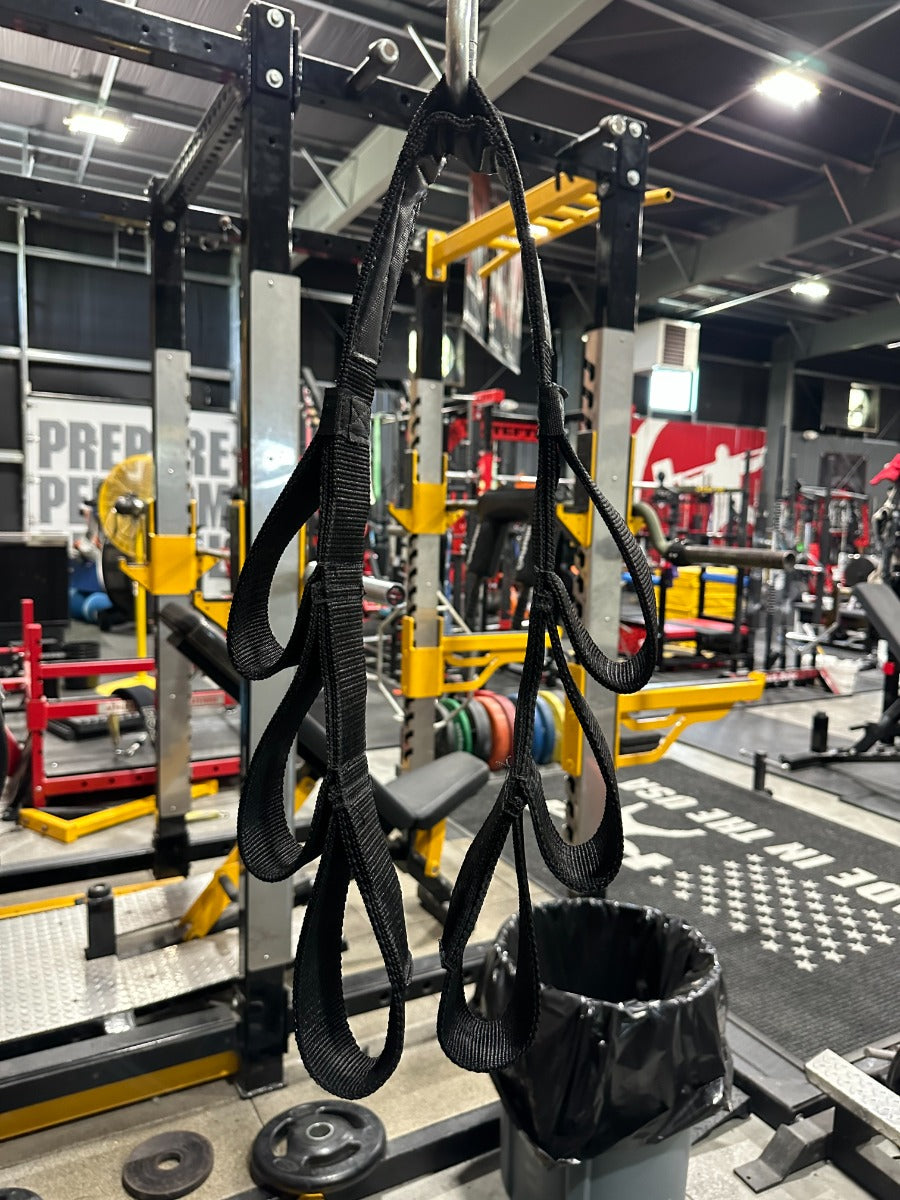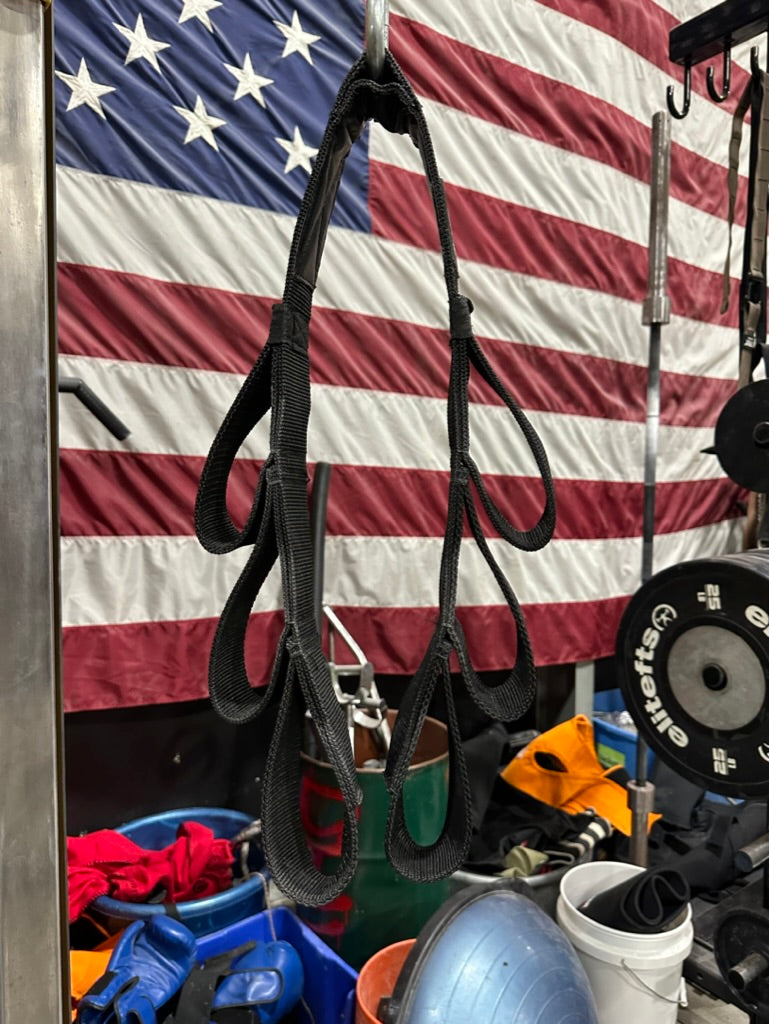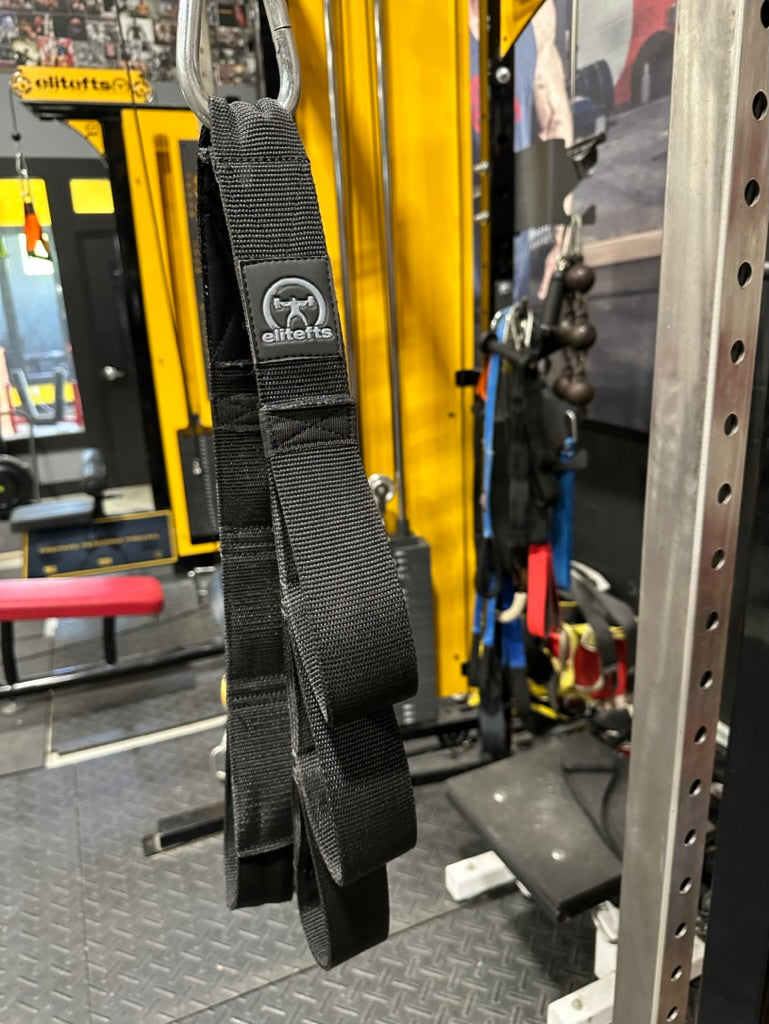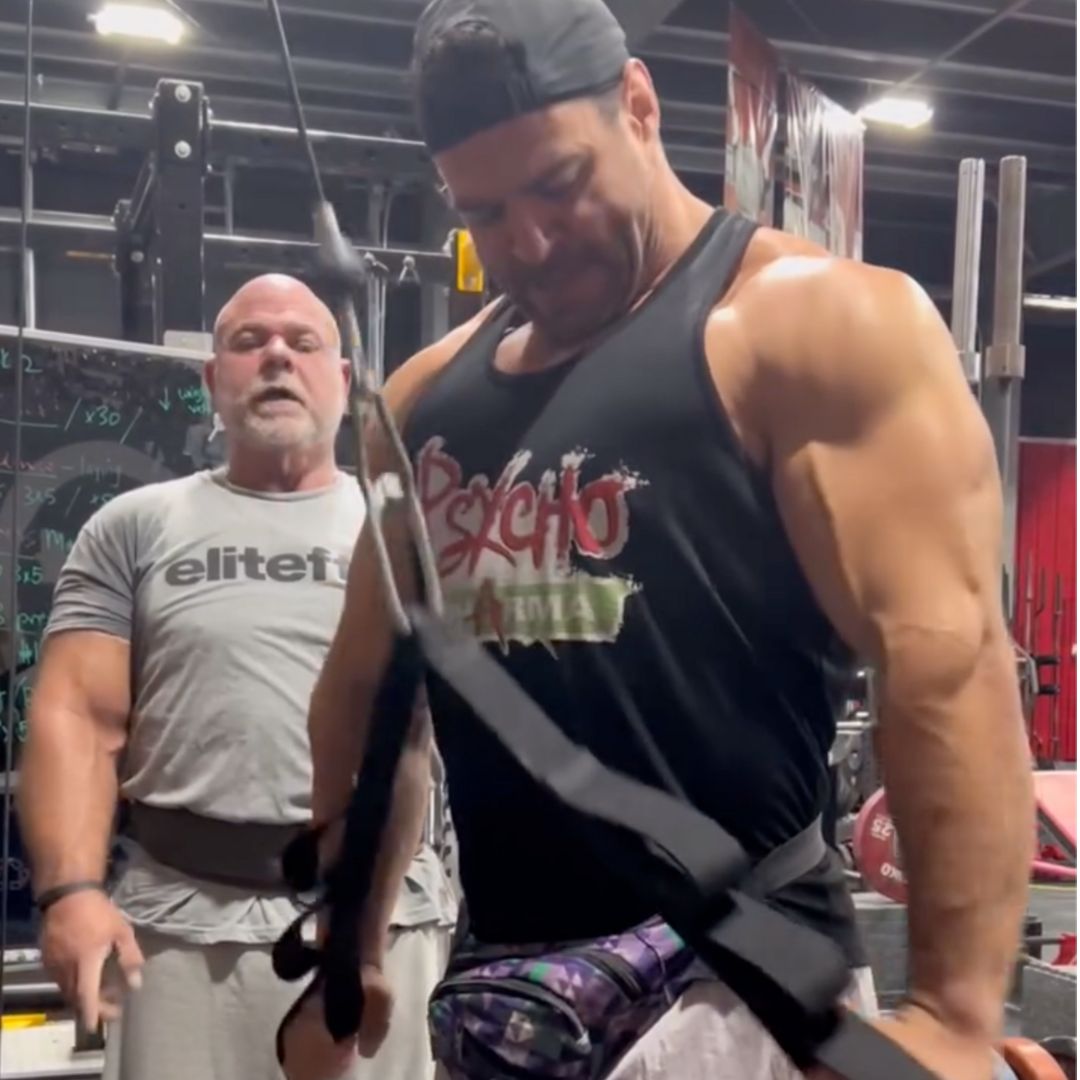Learn. Apply. Compete.
Learn
I’ve heard the saying, “The more I know, the more I realize that I don’t know much.” This saying couldn’t be truer for me. I wasn’t an exceptional student in school. However, I do have an insatiable desire to learn more about strength and conditioning. I could spend hours reading articles, training logs, and Q&A posts on elitefts™ (and some days I do just that). Although, it wasn’t always that way…When I was in college, I didn’t know much about strength and conditioning as a profession. I earned my degree in physical education but didn’t want to become a teacher. So, I chose a non-teaching track, which featured classes such as exercise physiology, biomechanics, motor learning, and nutrition. When I first got out of college, I worked part-time at a gym and only read “muscle magazines” as I had since my military service days. Those magazines were my main source of information.
As I continued along in the fitness industry, I started working full-time at the gym and earned my first personal trainer certification from the Aerobics and Fitness Association of America. Soon after, I attended some training sessions and met some other fitness folks who advised me to check into the National Strength and Conditioning Association’s (NSCA) certifications if I was truly serious about working in the industry and training athletes. I’m very thankful for this advice because I was first introduced to elitefts™ from an ad in the NSCA Journal.
It was this introduction to “the Darkside” that showed me where to get more information about the methodologies and philosophies that have helped mold my own training beliefs and philosophies. In addition, I gained access to the incredible knowledge that the contributors on elitefts™ have and are willing to share. I e-mailed various contributors and asked questions about training. They gave me tips or pointed me in the right direction.
However, reading is only one way to learn. Some people learn better in a hands-on or small group environment, where they can actually ask questions and get feedback. When I wanted to learn more about the squat, bench, and deadlift, I went to a friend’s father who was a highly competitive powerlifter. He had a great basement gym where he trained, and I spent years working out with him and listening to the how’s and why’s of training his way. I also drove two hours to see an Olympic weightlifting coach to learn about the proper techniques for those lifts.
After seeing a presentation on Strongman training for athletes at the NSCA’s national convention in 2005, I went to a Strongman clinic at Art McDermott’s place in Massachusetts. I attended my first NSCA seminar in 2003 and still stay in touch with some of the coaches that I met at this seminar. That two-day seminar was a great introduction to seminars as well as to “network.” I knew immediately that I needed to do more networking to get where I wanted to be. Many times, the best part of a seminar is what goes on “after it’s over,” whether at a restaurant, the gym, or a bar. The best stuff happens when it’s just a bunch of strength and conditioning professionals sitting around chatting and exchanging ideas, information, and training methods.
I was lucky enough to make it to the elitefts™ VIP seminar. It was the best seminar I ever went to since I attended seminars over the past five years. The presentations were great, but the interactions that I had with the presenters and my fellow attendees were, for me, even better.
I took a great deal of notes over the years at seminars. I learned that you really need to pick a couple of things immediately to try and implement, or you just won’t do it. Now when I go, I pick the “big rocks,” the “big bang for your buck” information that you can put in your programs immediately to see how they work.
Apply
A person can be the most knowledgeable trainer or coach in the world, but if he can’t apply what he knows to his clients’ training programs, it won’t do his clients any good. Most of the time, I try the things that I’ve learned on myself before I have someone I train try it. Even then, I sometimes found that some of the new methods or exercises I incorporated into programs didn’t really work or weren’t as effective as something else. This method of trial and error worked best for me.I was recently asked how long I’ve been training. I had to think about it, but I can honestly say that I’ve been consistently strength training for 17 years. I’ve only been clued into “the Darkside” type training for five years, but it was the previous 12 years “under the bar” that gave me a lot of basic experience. Those 12 years made these past five years the most successful lifting years I ever had. Does this mean that someone with only five years lifting experience is worse off than me? Not necessarily. I only wish that I learned about “Darkside” training when I started this journey. However, at the same time, I wouldn’t trade my 17 years of lifting for anything.
After learning about Olympic lifting, I spent hours and hours trying to properly mimic the technique, but more so trying to see where these lifts best fit into different workouts. I knew that I wasn’t going to compete in Olympic lifting, but I knew that the better I could perform the lifts myself, the better I’d be able to explain them (what they felt like, look liked, etc.) to others.
I bought my first kettlebell after attending the NSCA’s national conference in Minneapolis, Minn., and saw this Russian guy, Pavel, going through a series of complexes and matrixes with them. I ordered a 24-kg kettlebell from elitefts™ as soon as I got back home and couldn’t wait to start using it. I remember the day it came. I suddenly realized that cleaning and snatching this 53-lb piece of steel was much harder than it looked. After the first few hours, I was really rethinking my purchase and wondering why I had purchased one when I had never used it before. I think it took about two days before I really got comfortable with it. To this day, I continue to work on a variety of lifts with kettlebells using a variety of sizes.
I spent many years using both the Olympic lifts and kettlebells in my own training programs, and I feel very confident in my abilities to teach people the basics of both and how to properly use them. I presented at NSCA state clinics on how to use combo lifts and complexes, as well as on how to train with kettlebells.
When I first read “Westside for Skinny Bastards” on Joe DeFranco’s site, I thought it was awesome. At that point, I didn’t care about using it for anyone I trained. It was for me! I started training harder than ever. For over a year, I used the template mostly as DeFranco had it laid out in my own training before I began trying it with anyone else. “Westside for Skinny Bastards” was a key ingredient in how I chose to train the Vermont Frost Heaves, the professional basketball team that I work with (www.vermontfrostheaves.com). They won two consecutive American Basketball Association Championships using this type of training.
Compete
Once you’ve worked at the learning and applying aspects, the next logical step is to compete. I played basketball since I was a little kid. I can remember many hours spent on the court working on my jump shot or ball handling. I got better over time, but I remember having to work extremely hard because I had decided to try to play at a nationally-ranked junior college. I was originally recruited to play soccer there. When I called the soccer coach to explain to him that I wasn’t going to play soccer because I wanted to attempt to walk on the basketball team, he said, “You know how good our team here is, right?” There I was, a white kid from Vermont, thinking that I could walk on to a basketball team that recruited athletes from New York City and New Jersey.In the summer prior to trying out, I worked at a basketball camp (in Montclair State College, New Jersey). Aside from working on my game every day, I played “pick up” games at night with the other counselors, college guys, and professionals from overseas who came by to run. I knew that I had the tools in my toolbox after that summer and that I had put in the blood, sweat, and tears. I did end up walking on my college team to the surprise of many. However, I highly doubt that it would have happened if I hadn’t competed every day that summer against the competition.
Fast forward about 15 years…after seeing a presentation on Strongman training for athletes at a clinic, I decided to compete in an upcoming event that I heard about. I learned a bit from the presentation about techniques, and I was trying to simulate the events at my gym (without any true Strongman equipment).
I came in eighth place out of nine competitors in my weight class. Even though I sucked, it was still a blast. I couldn’t even press the log once, but afterward, I was “right back to the drawing board.” I went back to training with a renewed enthusiasm for Strongman. I bought a steel log, farmer’s handles, and a big tire. I read everything that C.J. Murphy wrote (on elitefts™ and on his own site) about Strongman training. When the event came around the next year, I ended up coming in third place in my weight class. I was happy with this, but again, it was “back to the drawing board.” This time, I bought some Atlas stones from C.J. Murphy and e-mailed him my questions about specific events. I also asked him to review my form in the log press.
This past summer, I competed in three Strongman contests, placing third, first, and second (respectively) in my weight class. I had a great time doing it. Soon, I will be promoting my first Strongman contest, New Hampshire’s Strongest Man and Woman, which would never be a reality had it not been for all of the information and experience I’ve gained throughout this whole process. I can’t say enough about the great experiences and people I’ve met throughout this journey. I truly believe that three simple words—learn, apply, and compete—can help you achieve whatever it is you want to do.








































































































